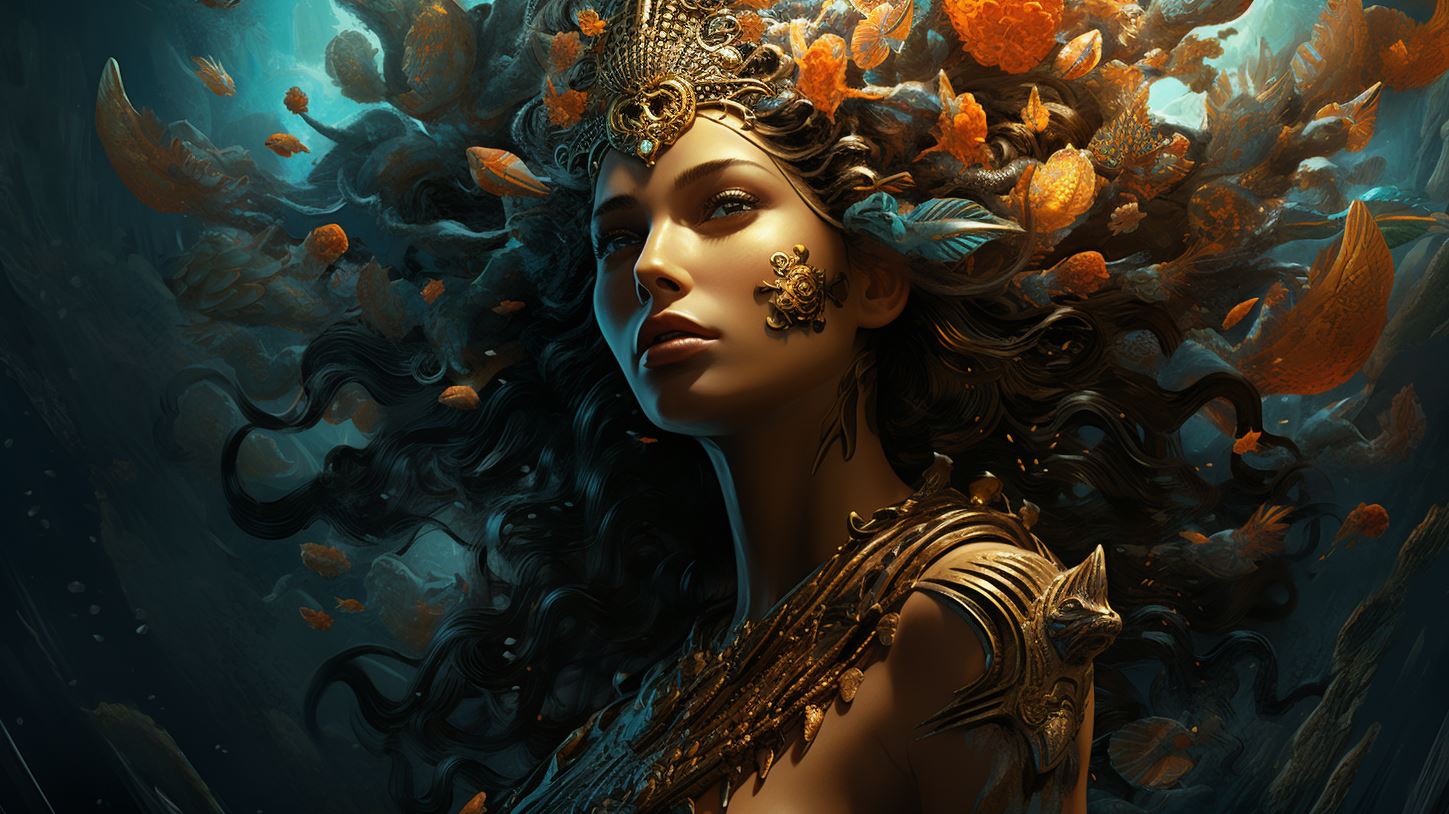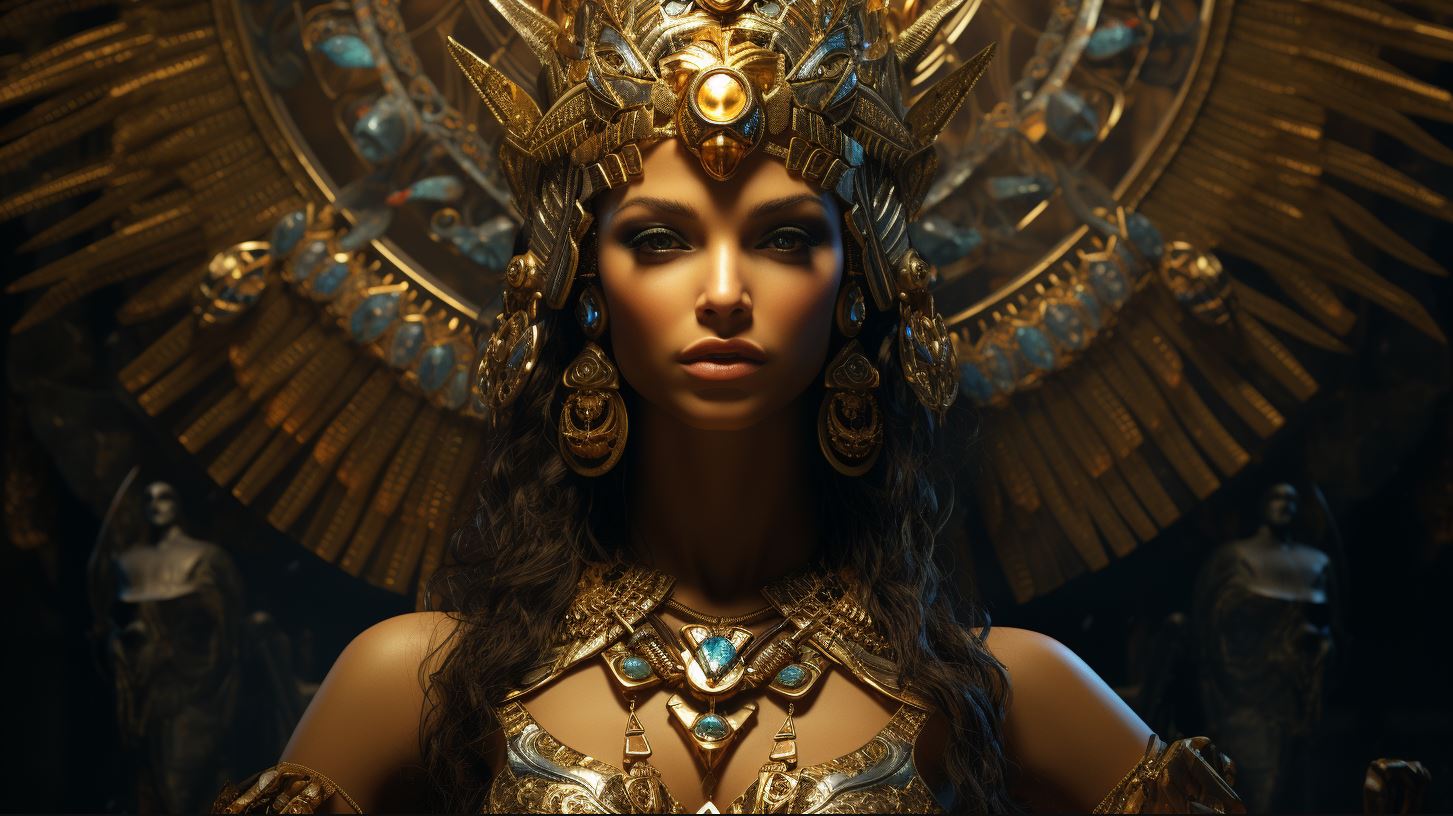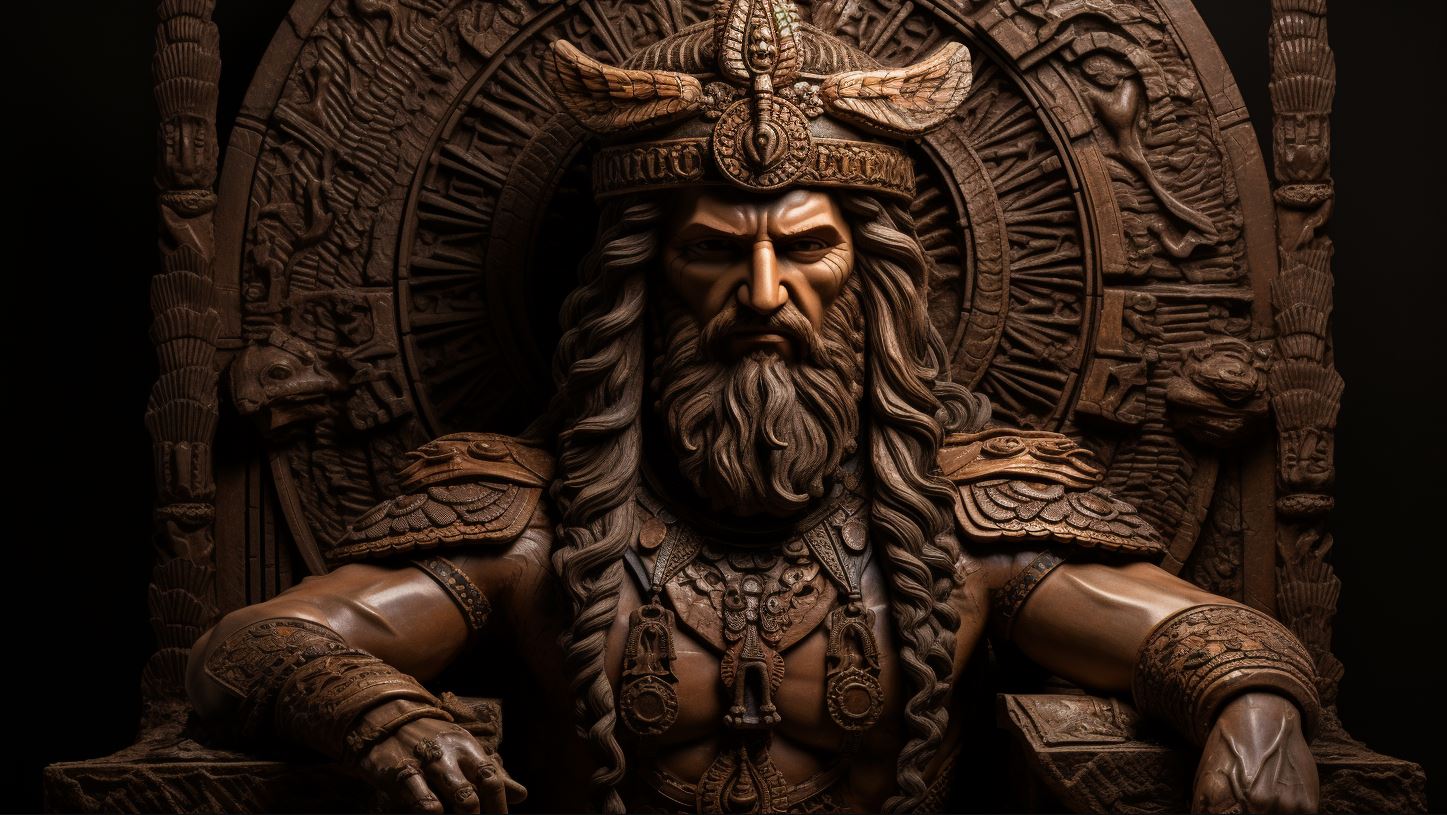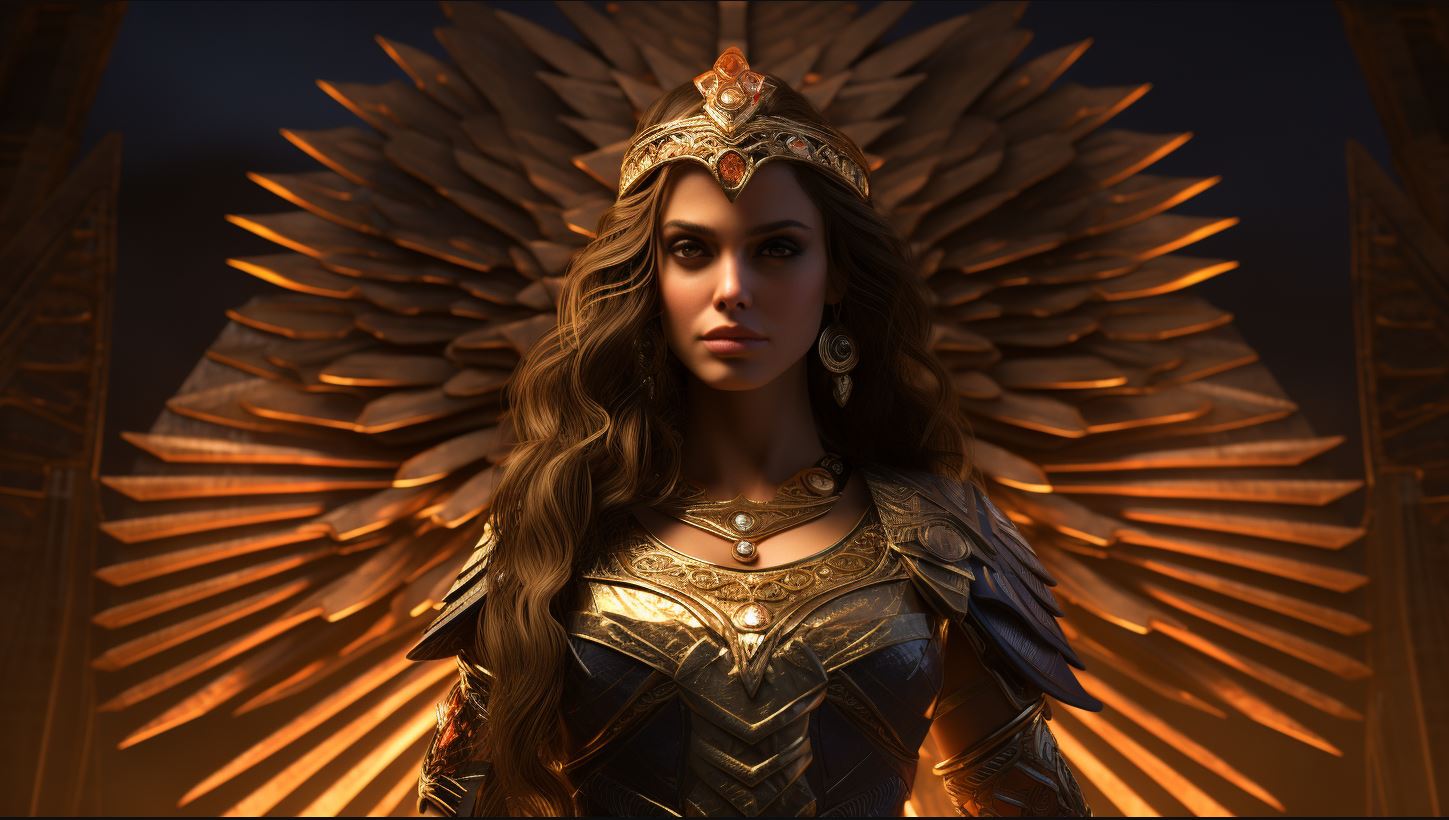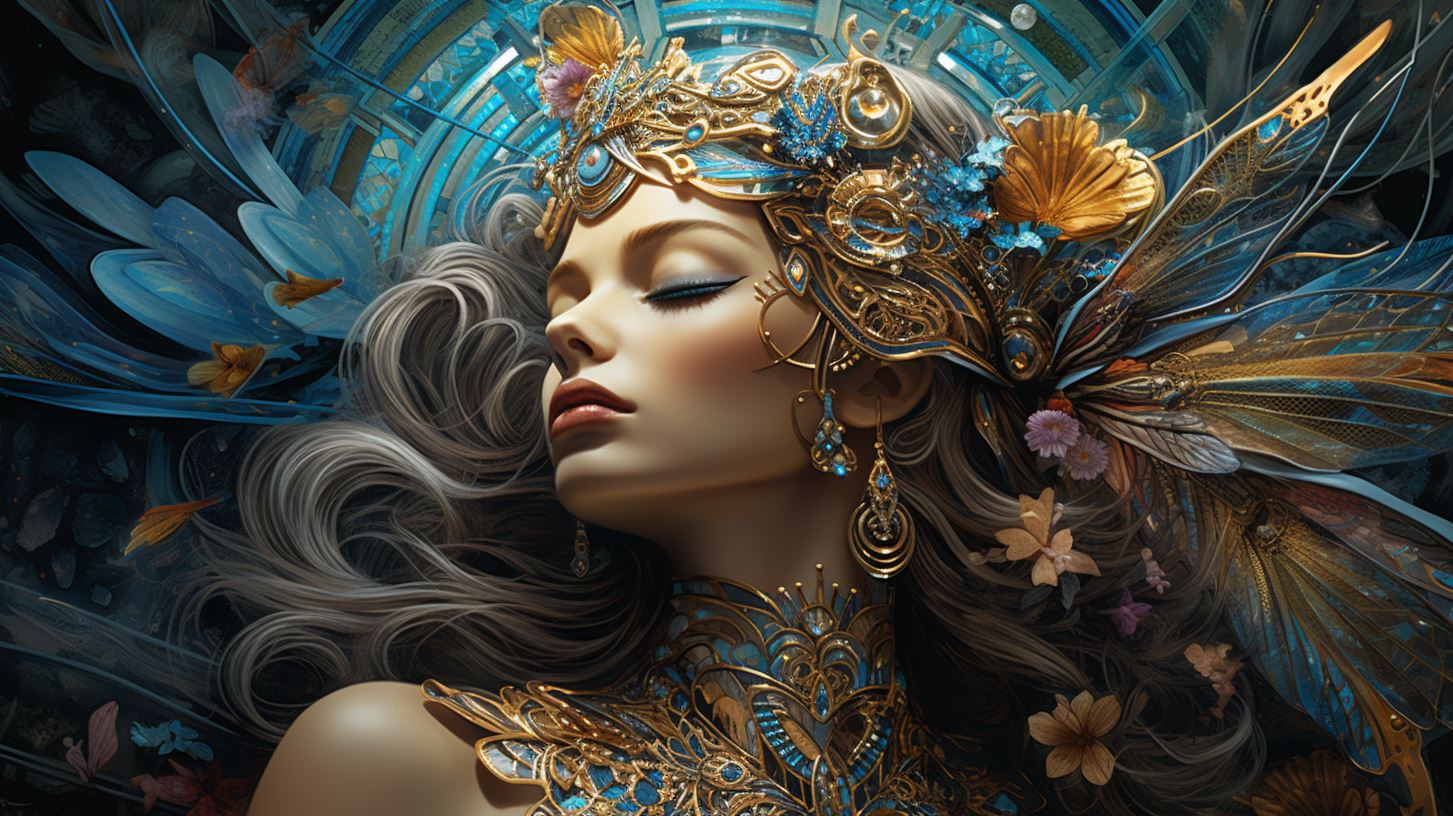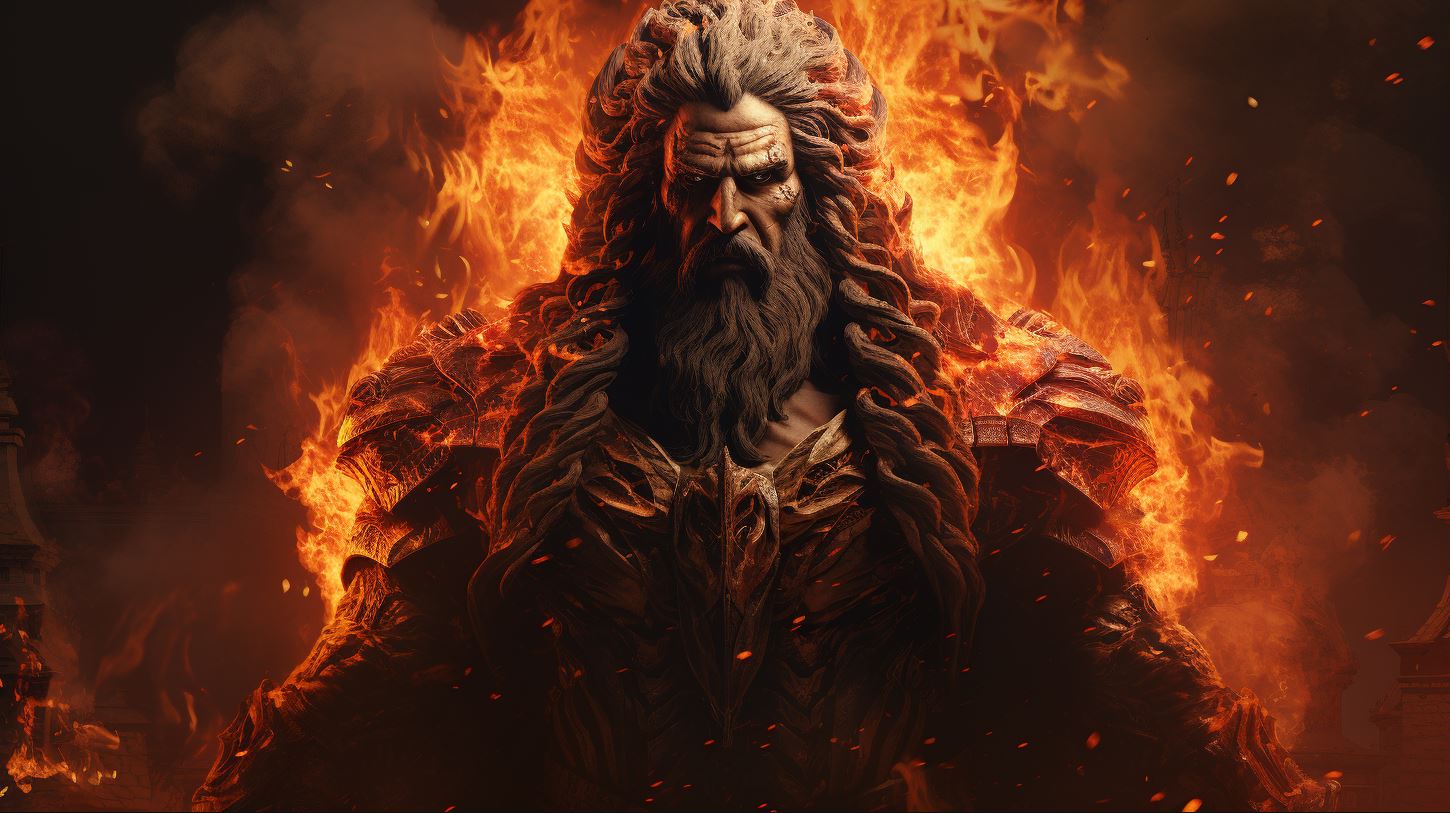Ukur Sumerian God: Unveiling the Mysteries of the Ancient Mesopotamian Deity
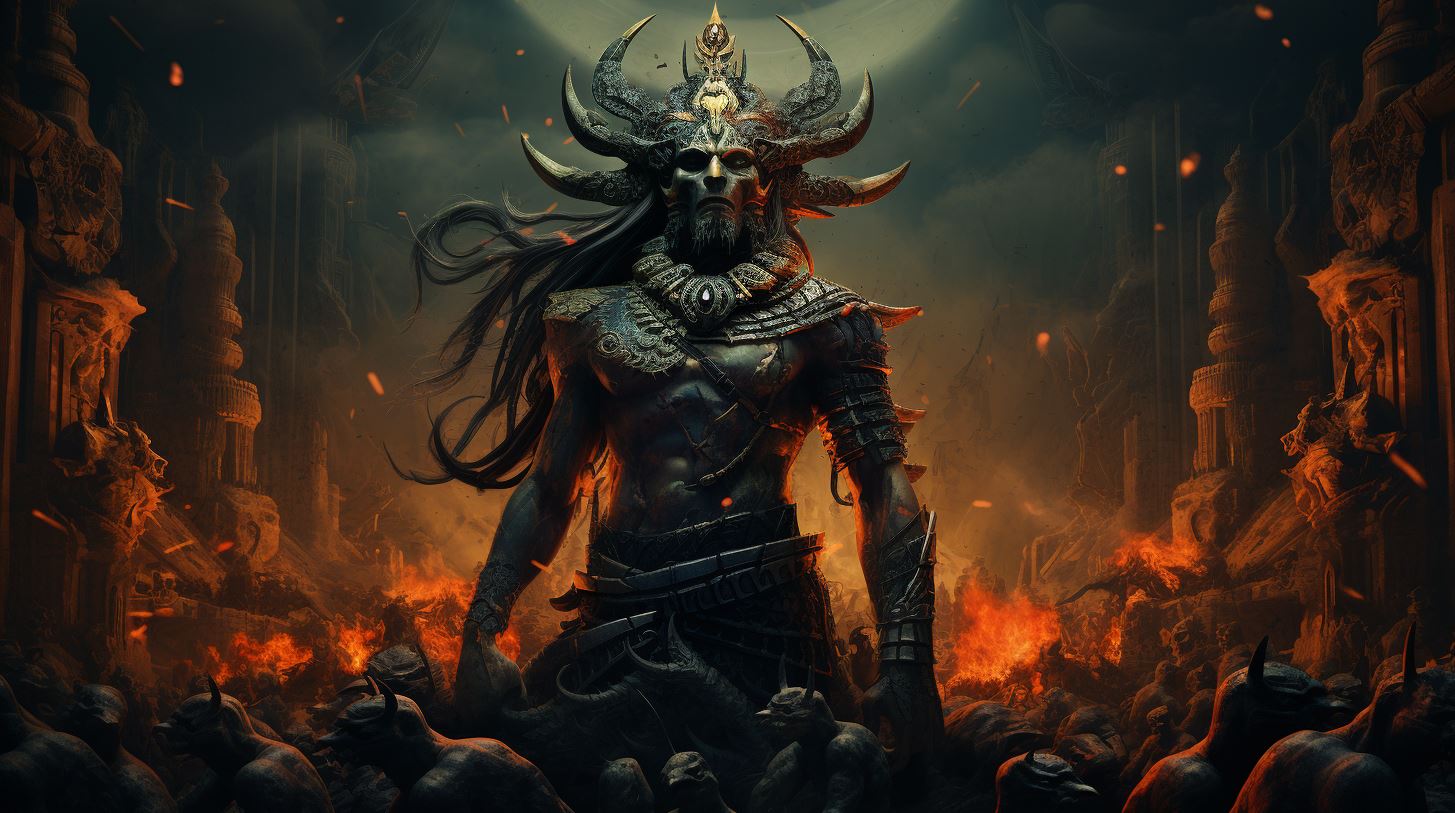
Ukur, a significant deity in Sumerian mythology, holds an intriguing place in the ancient Mesopotamian pantheon. As the god of the underworld, Ukur is associated with the realm of the dead and plays a vital role in Sumerian beliefs.
Misconceptions surrounding the Sumerian goddess Ereshkigal, previously propagated by Samuel Noah Kramer, have been debunked, shedding new light on Ukur’s true nature. Through offerings, rituals, and prayers, the ancient Mesopotamians interacted with Ukur, alongside other gods and goddesses.
Today, modern interpretations and ongoing research continue to deepen our understanding of this complex Sumerian deity.
Background of Sumerian Mythology
Sumerian mythology forms the foundation of ancient Mesopotamian beliefs, offering a window into the cultural and religious practices of this early civilization. Understanding the origins and importance of Sumerian mythology sheds light on the way its pantheon of gods and goddesses influenced various aspects of ancient Mesopotamian life and worldview.
Origins and Importance of Sumerian Mythology
Sumerian mythology emerged in the southern region of Mesopotamia around 3300 BCE, making it one of the oldest recorded belief systems in human history. It played a crucial role in the lives of the Sumerians, who viewed their myths as a means to explain natural phenomena, societal norms, and the relationship between mortals and deities.
The Mythological Pantheon of Ancient Mesopotamia
The ancient Mesopotamian pantheon comprised a complex network of gods and goddesses, each with their own areas of influence and divine responsibilities. This polytheistic system worshipped deities such as Enki, Inanna, and Anu, among others.
The pantheon reflected the Sumerian society’s belief in the divine hierarchy and served as a framework for understanding the forces at play in their world.
Brief Overview of Ukur in Sumerian Mythology
Ukur, a deity in Sumerian mythology, held a significant role as the god of the underworld. While Ukur’s precise nature and attributes remain subject to scholarly debate, ancient texts suggest his association with the realm of the dead and the transit of souls in the afterlife.
Studying Ukur allows us to delve into the intricate beliefs and cosmology of the ancient Sumerians.
Understanding Ukur: The Sumerian God of the Underworld
Ukur, a significant figure in Sumerian mythology, holds a crucial role in the beliefs of the ancient Mesopotamians. This section aims to provide an in-depth exploration of Ukur’s character, delving into the role and significance attributed to him in Sumerian cosmology.
Role and Significance of Ukur in Sumerian Beliefs
Ukur, often referred to as the Sumerian god of the underworld, played a vital role in the religious practices and worldview of the Mesopotamians. He was believed to govern the realm of the dead and act as a judge over souls, determining their fate in the afterlife.
As a patron deity of the underworld, Ukur held immense power and authority in the Sumerian pantheon.
Associations with the Underworld and the Dead
Ukur’s close association with the underworld created a strong connection between him and the realm of the deceased. The Sumerians believed that the underworld, known as Kur, was a place of darkness and gloom where the souls of the departed resided.
Ukur’s presence in this supernatural realm made him a figure of both reverence and fear.
The Mesopotamians also associated Ukur with various symbols and motifs related to death and the afterlife.
These included the portrayal of Ukur as a fierce and imposing deity, often depicted with attributes like a serpent coiled around his body or a lion-headed mace, representing his role as a powerful guardian of the underworld.
Mythological Stories and Depictions of Ukur
Throughout Sumerian literature, several mythological stories and poems highlight Ukur’s involvement in significant events and interactions with other gods and goddesses. These narratives provided insights into his character and role in shaping the Sumerian cosmogony.
One such story depicts Ukur’s encounter with Inanna, the Sumerian goddess of love and fertility, when she descends into the underworld to challenge her sister, Ereshkigal. This powerful narrative showcases Ukur’s authority as the ruler of the underworld and the obstacles faced by those who dare to venture into his realm.
Depictions of Ukur in ancient art and artifacts also shed light on his appearance and character. These representations often portrayed him as a formidable and awe-inspiring deity, emphasizing his dominion over the realm of the dead.
Ereshkigal: Debunking Misconceptions
Ereshkigal, a central figure in Sumerian mythology, holds a significant role in the pantheon of ancient Mesopotamian deities. In this section, we will explore and clarify certain misconceptions surrounding Ereshkigal, shedding light on her true nature and her connections to Ukur.
Through careful examination of Sumerian texts and the work of scholars, we can gain a deeper understanding of this enigmatic goddess.
Overview of Ereshkigal in Sumerian Mythology
Ereshkigal, also known as the Queen of the Underworld, governs the realm of the dead in Sumerian beliefs. She is depicted as a powerful and feared deity, responsible for maintaining order and balance in the afterlife.
Ereshkigal’s portrayal in various myths and hymns offers valuable insights into her significance within the Sumerian religious framework.
Samuel Noah Kramer’s Misinterpretation and Correction
Renowned scholar Samuel Noah Kramer, in his earlier work, proposed a misconception regarding Ereshkigal as a monstrous entity associated with the earth. However, more recent research and analysis of primary sources have challenged and corrected this erroneous interpretation.
It is crucial to rely on updated and accurate scholarly resources to avoid perpetuating such misconceptions surrounding Ereshkigal.
Examining the True Nature of Ereshkigal and her Connections to Ukur
To understand Ereshkigal’s true essence, we must explore her multifaceted character and her relationship with Ukur, the god of the underworld.
Sumerian texts reveal Ereshkigal’s complexity as a compassionate and just ruler of the dead, invoking respect and reverence. Furthermore, her connections with Ukur emphasize her role in the intricate cosmology of the Sumerian pantheon.
By delving into these connections, we can gain valuable insight into the significant role Ereshkigal played in the ancient Mesopotamian belief system.
Interactions and Worship of Ukur in Ancient Mesopotamia
In the ancient Mesopotamian civilization, the worship of Ukur, the Sumerian god of the underworld, held immense importance and played a significant role in their religious practices.
This section delves into the various aspects of the interactions, rituals, and worship associated with Ukur during that era.
Offerings, Rituals, and Prayers to Ukur
The followers of Ukur believed in the significance of offering prayers and making offerings to appease the deity. These offerings typically consisted of food, drink, and other symbolic items placed in designated altars or sacred spaces.
Rituals performed in Ukur’s honor included chants, dances, and libations, creating a solemn atmosphere to establish communication with the divine presence.
Additionally, prayers devoted to Ukur were an integral part of ancient Mesopotamian religious ceremonies.
These prayers were recited with utmost reverence, expressing the deep respect and supplication towards the god of the underworld. They often sought protection, guidance, or beneficence from Ukur, acknowledging his power and influence over the realm of the deceased.
Connections to Other Sumerian Gods and Goddesses
Ukur’s existence in the pantheon of Sumerian deities established intricate connections with other gods and goddesses worshipped during that era. The belief system incorporated a complex network of divine beings, and Ukur’s interactions with these entities reflected the interwoven nature of ancient Mesopotamian mythology.
Notably, Ukur had a close association with Ereshkigal, the goddess of the underworld. The interactions between these deities were often depicted in mythological stories and artwork, showing the depth of their relationship and highlighting the intertwined realms they governed.
The Legacy of Ukur and its Influence on Ancient Near Eastern Culture
The worship of Ukur left a lasting impact on ancient Near Eastern culture, extending beyond religious practices. The belief in the god of the underworld influenced the worldview of the Mesopotamians, shaping their understanding of life, death, and the afterlife.
Ukur’s role as the guardian of the realm of the deceased created a sense of hope and reassurance in the face of mortality. This belief system also influenced societal structures, as the rituals and offerings dedicated to Ukur fostered a communal bond and reinforced the shared values and beliefs of the ancient Mesopotamian civilization.
Furthermore, the influence of Ukur extended to the realm of art, literature, and architecture. Visual representations and narratives related to the god of the underworld were prevalent in ancient Mesopotamian artifacts, showcasing the enduring significance of Ukur’s presence in their cultural expressions.
In conclusion, the interactions and worship of Ukur in ancient Mesopotamia served as a prominent aspect of religious and cultural practices. The offerings, rituals, and prayers dedicated to the Sumerian god of the underworld established a profound connection between the ancient Mesopotamians and the divine realm.
The legacy of Ukur’s worship had a lasting impact on ancient Near Eastern culture, permeating various aspects of their society and creative expressions.
Modern Interpretations and Scholarly Perspectives
In recent years, there have been significant advancements in our understanding of Sumerian mythology, including fresh discoveries and ongoing research that shed new light on the enigmatic Ukur and its place in the cosmology of ancient Mesopotamia.
Recent Discoveries and Research on Sumerian Mythology
Archaeological excavations in the region have unearthed tablets, inscriptions, and artworks that provide valuable insights into the beliefs and rituals surrounding Ukur. These findings have allowed scholars to piece together a more comprehensive picture of the Sumerian pantheon and the role of Ukur within it.
Reevaluating Ukur’s Place in Sumerian Cosmology
Scholars have been reevaluating traditional interpretations of Ukur’s role, questioning previous assumptions and seeking a deeper understanding of its significance. The interconnectedness between Ukur and other deities, such as Inanna and Ereshkigal, has been subject to intense scrutiny, leading to enlightening observations and theories.
By examining Ukur’s associations with the underworld, its symbolic representations, and its potential connections to other aspects of Sumerian cosmology, researchers aim to construct a more nuanced understanding of this complex deity and its role in the broader cosmological framework.
Insights from Contemporary Experts and Primary Sources
Contemporary experts, including Sumerian scholars and mythologists, offer fresh perspectives based on extensive research of primary sources. Their expertise provides important insights into the nature of Ukur and its place within Sumerian religious and mythological contexts.
By relying on original texts, deciphering cuneiform inscriptions, and examining ancient artifacts, these experts offer valuable interpretations and alternative viewpoints. Their contributions enhance our understanding of Ukur and contribute to the ongoing scholarly discourse surrounding Sumerian mythology.
In conclusion, modern interpretations and scholarly perspectives on Ukur provide an exciting avenue for exploring the mysteries and complexities of Sumerian mythology. Through recent discoveries, reevaluations, and insights from contemporary experts, we continue to unravel the ancient beliefs and cultural significance of this intriguing Sumerian deity.
The deity Ukur holds a significant place in the rich tapestry of Sumerian mythology, its complexities and intricacies adding depth to the ancient Mesopotamian belief system. Ukur, as the god of the underworld, symbolized the cycle of life and death, playing a crucial role in the Sumerian cosmology.
Within the mythological pantheon of ancient Mesopotamia, Ukur’s influence spanned beyond the realm of the dead, intertwining with the lives of the living and the other gods and goddesses worshipped in Sumerian society.
Its intricate nature gave rise to various interpretations, enriching our understanding of the interconnectedness of deities and their significance in ancient cultures.












